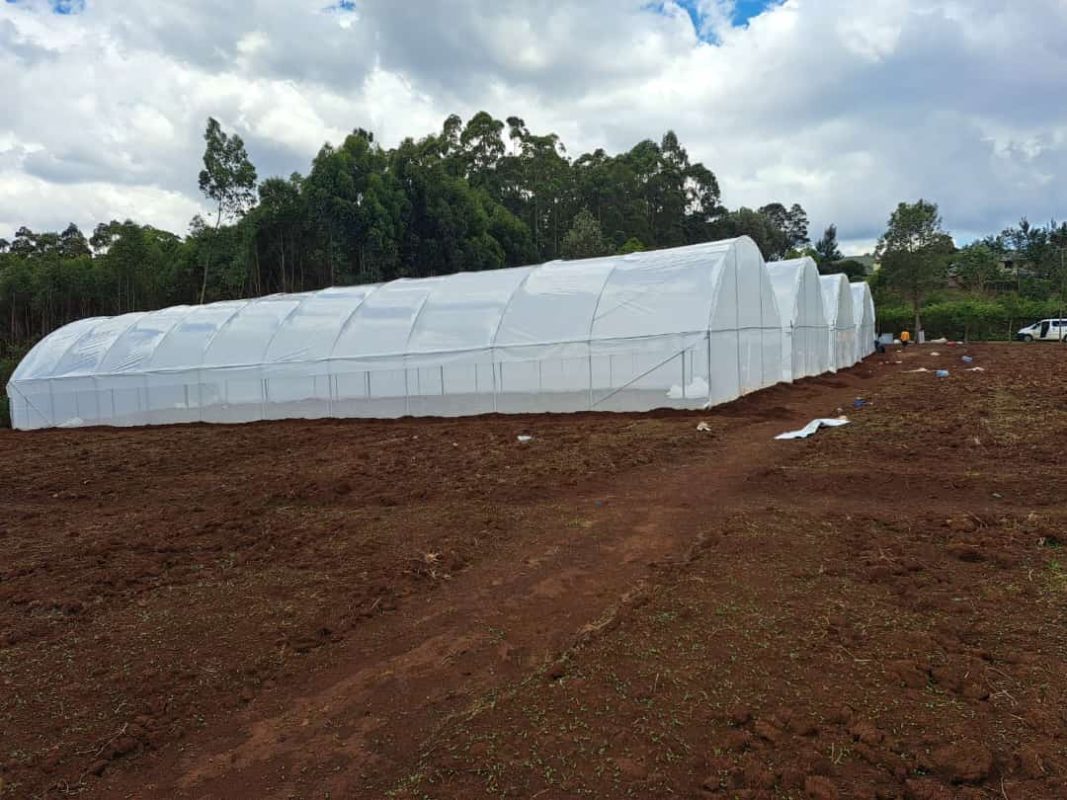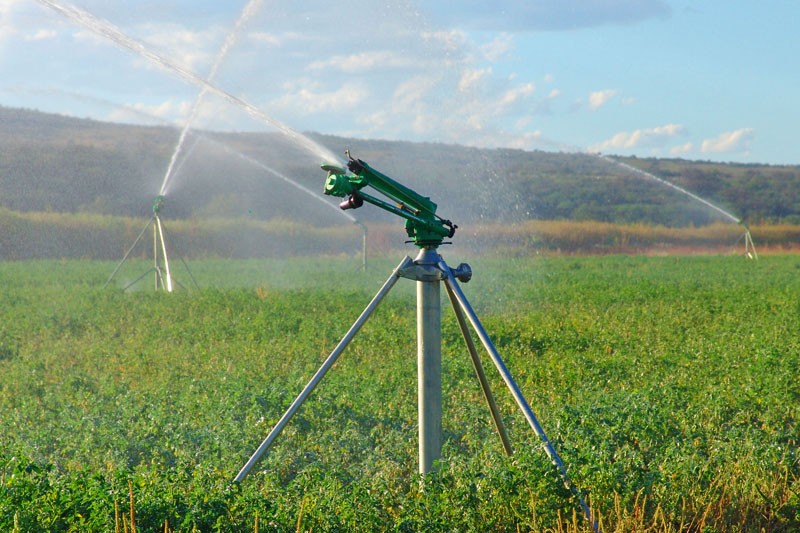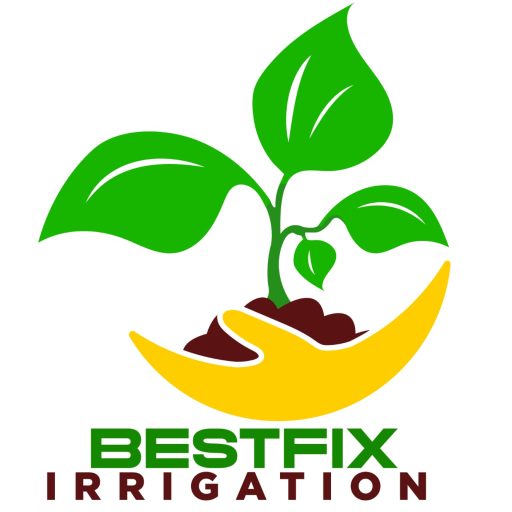
Categories
Recent Posts
Top Tips You Should Know When Using Drip Irrigation
Drip irrigation is one of the most efficient ways to water crops, conserve water, and boost productivity on your farm. Whether you’re a small-scale farmer or managing a large greenhouse, understanding how to get the most out of your drip system is key to healthy crops and maximum yield.

Here are essential tips every farmer should know when using drip irrigation:
1. Use a Filter — Always
Drip emitters and driplines have small openings that easily clog with dirt or particles. Installing a proper filtration system (like a disc or screen filter) protects your system and ensures even water flow to every plant.
2. Flush the System Regularly
Over time, sediment and debris can accumulate in your pipes and emitters. Regularly flushing your main and sub-lines (at least once a week) keeps the system clean and extends its lifespan.
3. Monitor Pressure Levels
Each drip system is designed to work under a specific pressure range. Using a pressure regulator helps maintain optimal pressure (usually between 1–2 bars), preventing damage to emitters or uneven watering.
4. Check for Leaks and Blockages
Inspect your system weekly for leaks, clogs, or broken emitters. A single leak can waste a lot of water, while a blockage can deprive plants of moisture. Timely repairs keep your system efficient.
5. Use Mulch for Better Results
Covering drip lines with mulch helps retain soil moisture, reduce weed growth, and protect the lines from direct sun exposure—which can cause wear and tear.
6. Water Early in the Morning
Running your system early in the morning reduces evaporation loss and allows plants to absorb water efficiently throughout the day.
7. Design with Crop Needs in Mind
Spacing of drip emitters and flow rates should match the specific water needs of your crops. Customize your layout based on plant type, spacing, and root depth.
8. Combine with Fertigation
Drip irrigation systems are perfect for fertigation — the practice of applying water-soluble fertilizers through the drip lines. This allows nutrients to reach the root zone directly, improving uptake and reducing waste.
9. Use End Caps and Proper Fittings
Secure your system with quality end caps, connectors, and fittings to prevent leaks and ensure durability. Avoid makeshift solutions that can weaken the system over time.
10. Keep Records and Observe Crop Health
Monitor your watering schedule, pressure readings, and crop responses. Keeping records helps you optimize performance and address problems early.
Conclusion
Drip irrigation is a smart investment but like any system, it performs best when properly managed. With regular maintenance and a few expert tips, you’ll enjoy healthier crops, save water, and increase your productivity season after season.
Why Choose Bestfix Irrigation?
We’re not just suppliers — we’re partners in your growth. At Bestfix Irrigation, we:
- Provide high-quality drip irrigation kits and accessories
- Offer professional installation and after-sales support
- Deliver custom solutions for farms of all sizes
- Equip you with tools for efficient fertigation, automation, and system maintenance
Bestfix Irrigation
Related News



